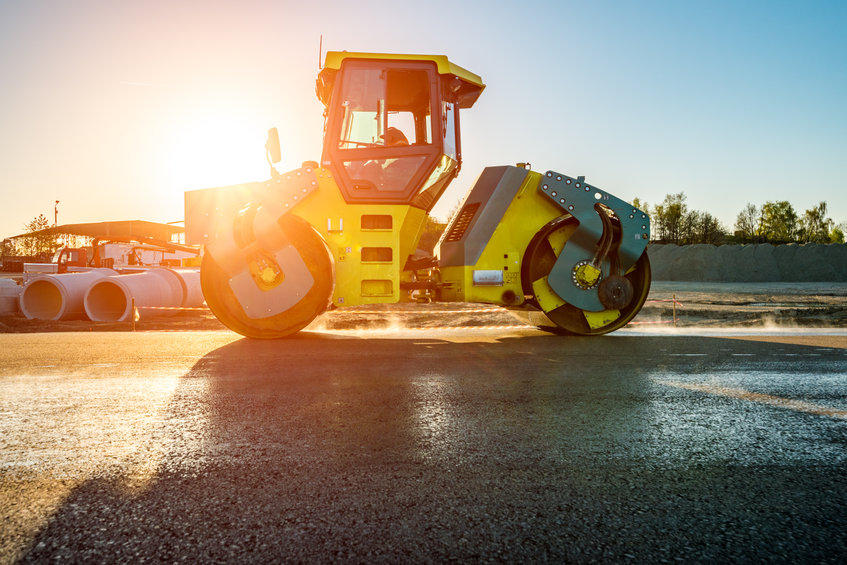
Roadways, parking lots, buildings—these are all necessary to our society and lifestyle. However, these human-made hardscapes can create a hot spot. Urban heat, or the heat island effect, refers to an area that is hotter than its natural surroundings because of human impact and activities. At night, the asphalt and concrete throughout the city maintains the hot temperatures it absorbed, offering little relief from the scorcher of the day.
This summer, Salt Lake City experienced the hottest summer on record, and one thing the city is planning to do is add shade trees throughout specific areas to combat the issue. Salt Lake is going for an ecologically friendly solution by planting long-term shade trees, which will address the heat in several ways. Laura Bandara, an urban city designer, told the Salt Lake Tribune in September of 2021 that these trees will “shade sidewalks for pedestrians, cool homes, reduce air conditioning use and reflect back the sun more than other surfaces.” Ladd Keith from the University of Arizona said, “trees are far from the only solution,” stating that energy-efficient buildings, increasing mass transit options, and creating biking-friendly options will also help.
Around the country, we’re seeing a fairly new trend with cool pavements. A sealant is applied to asphalt that helps reduce how much heat gets absorbed into the ground. Los Angeles was the first to try out cool pavement in 2015, and the city saw improvements right away. Phoenix was the next city to jump on this project after seeing the success in LA. They sealed more than 36 miles of residential streets and are working with Arizona State University’s Urban Climate Research Center to compile their data. Phoenix City’s civil engineer, Ryan Stevens, P.E., said, “like sunscreen, cool pavement protects the roadway surfaces and insulates the asphalt.”
Researchers are testing different application methods, color options, costs, and are conducting longevity studies to determine the best options for cool pavements. Salt Lake and other cities around Utah may not be as big as Los Angeles or as hot as Phoenix, but the future of asphalt in our state will likely include some of these methods once the benefits are clear. The success of cool pavements is gaining traction throughout the country, even getting recognized at the federal level. A massive infrastructure package was recently passed that will provide $500 million in grants over the next five years for cities to implement cool pavements and other cooling methods for critical urban areas.
Utah asphalt companies will be following the studies closely to see if cool pavements can be applicable for our freezing temperatures as well. Studies are in place even as far as Alaska to see if cool pavements help keep the permafrost underneath roadways from melting, which could limit the damage the extreme freeze-thaw cycles have on our asphalt roads and parking lots.
Go Pave Utah is passionate about following best practices in our industry and maintaining ethical procedures in all our work. For all asphalt-related items, reach out to us today and see why we’re the best in the business.